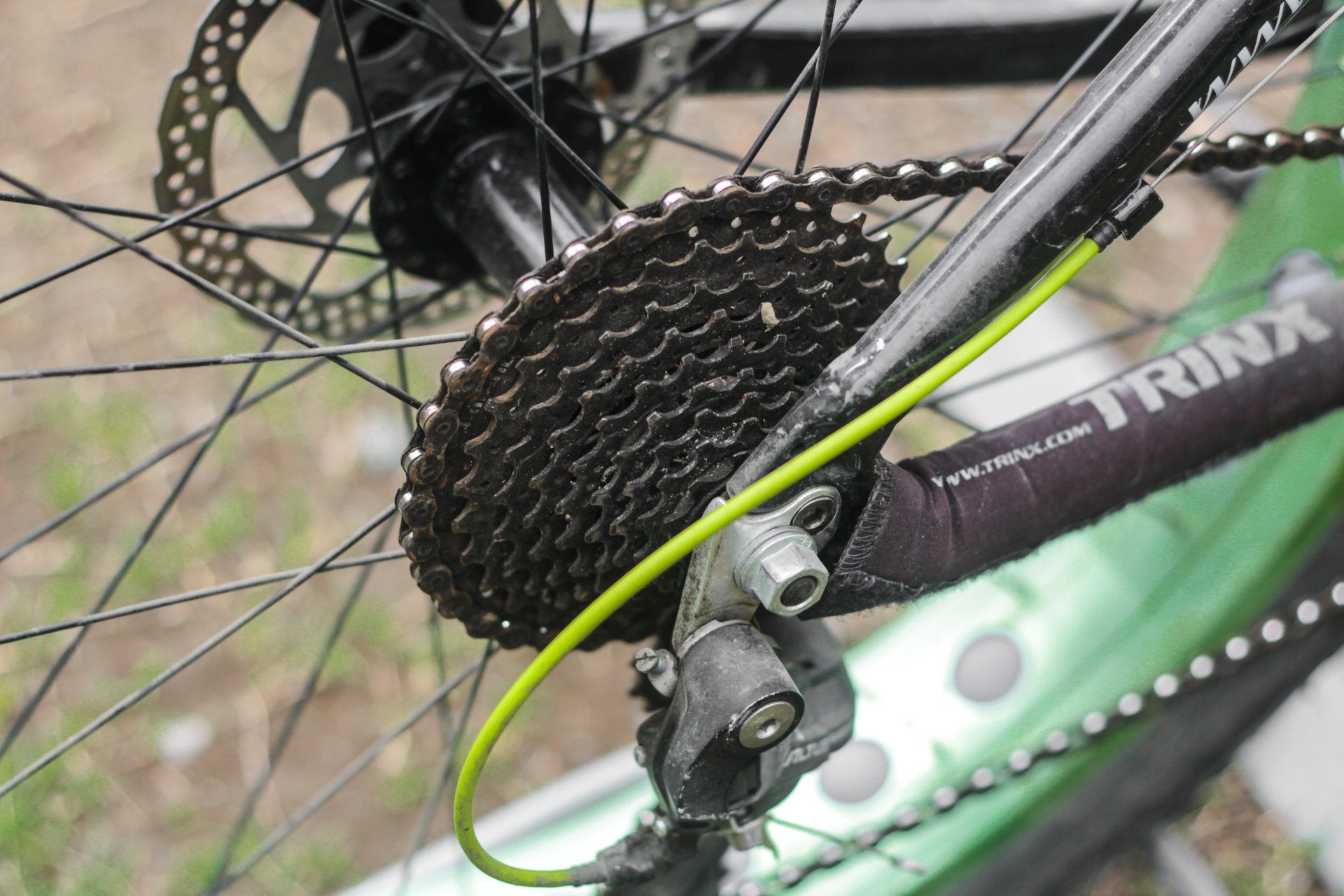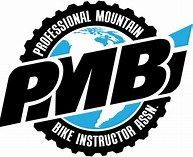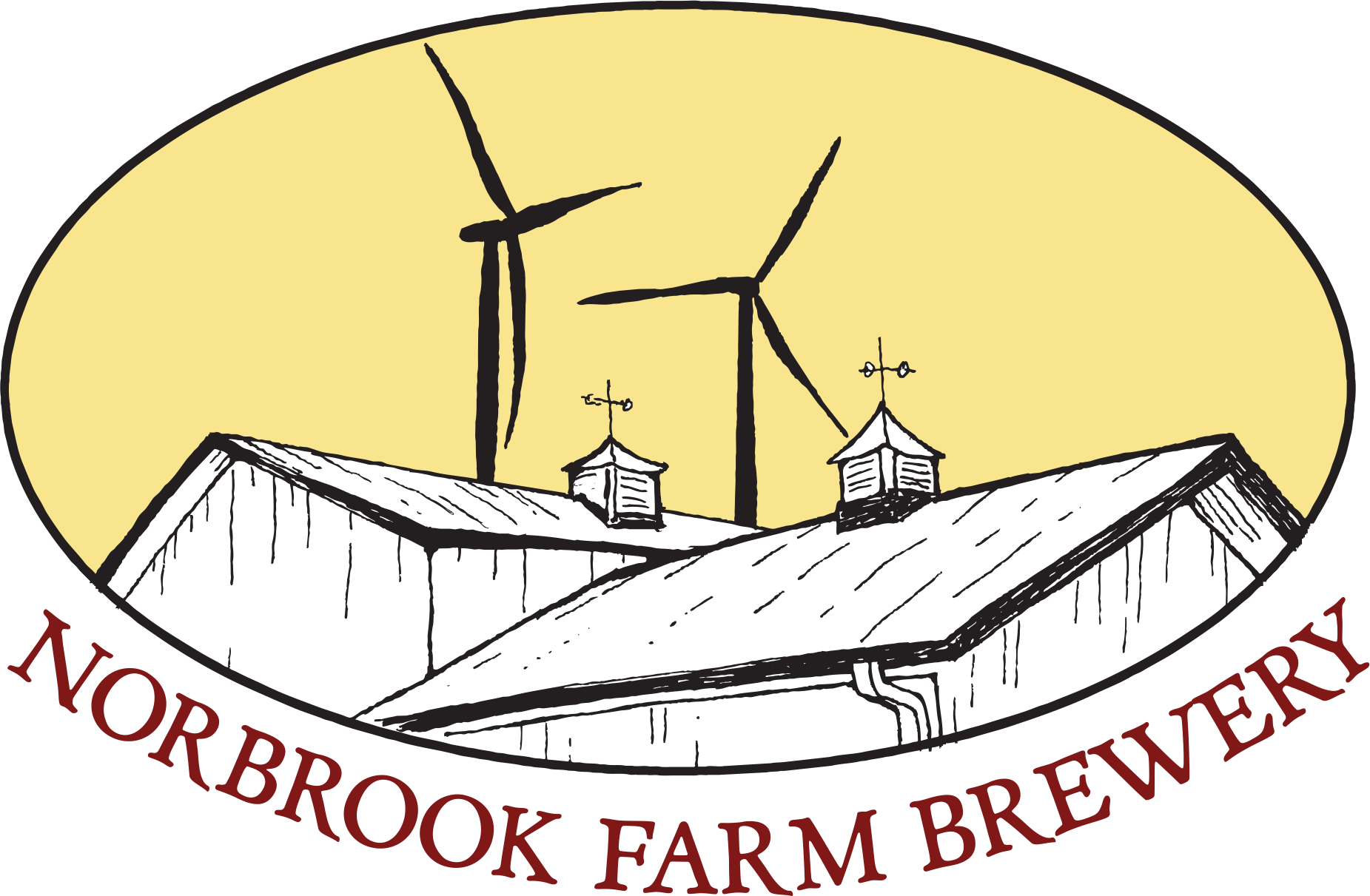How To Change Gears - A Guide For Newbies
How To Change Your MTB Gears - A Guide

Understanding how to change gears on an MTB is essential for handling various types of terrain, improving your ride, and preserving the condition of your gears and chain for as long as possible. Low-speed cycling or frantic pedaling will drain you of a lot of energy while doing little to advance your progress. You'll need to ride in the proper gear and change or shift when and how you should. Effective pedaling should prevent you from feeling as though you are moving the pedals either too hard or too gently. Let's look at the fundamentals of MTB gear changing.
Gears
Front Gear:
Your left hand shifts the sprockets that are connected to the crank-arm, which make up the front gears. In a technical sense, they are known as chainrings. They are available in "double" or "triple" setups, each with two gears (a big ring and a small ring) (3 Gears: big, middle, and little). The easier it is to pedal, the smaller the ring the chain is on. In the right conditions, the larger ring will make pedaling more difficult but faster. The first arrangement on your shifter corresponds to a lower gear, whereas a higher gear means that the chain rides across a large chainring.
Rear Gear:
The rear gears, also known as the cassette, are a collection of rings in the back that are operated by your right hand. (Some bicycles may feature a freewheel in place of a cassette, though this is less common.) The cassette's rings are referred to as cogs. Although some models employ 8- or less frequently, 7-speed cassettes, most mountain bike models use 9-, 10-, or 11-speed cassettes. In contrast to the smaller cog in front gears, moving your chain to the lowest gear on your shifter with rear gears results in the easiest pedaling.
How To Change Gears
The fundamental idea is that in order for the gears to change, you must be pedaling. Always shift when moving since the derailleurs must be operating with the chain moving ahead. You must strike a balance between pedaling lightly and softly while applying enough pressure to ensure a seamless gear shift. You won't hear any shifting if you apply too much pedal pressure since your leg power will overpower the derailleurs and cause grinding noises.
HEADWINDS & UPHILLS
Small or medium front chainring combined with larger rear gears
DOWNHILLS
Numerous rear cogs and a large front chainring
FLAT TERRITORY
With smaller rear cogs and a small or medium front chainring.
Gear Selection Up The Steep Hills
You want to pedal more easily the steeper the hill. The smallest ring will often be in front and the largest ring will be towards the back, unless in rare cases. Right ? Yes, but not always—or not in every instance. The least amount of power from your legs is necessary with this setup, but you will need to make more rotations to maintain your bike's speed. If you lack the stamina to spin quickly enough up the sharpest of the slopes, you will simply come to a stop. However, if you have adequate strength in your legs, moving up one or two gears on the back may prevent you from having to stop. Higher gear will only keep your bike moving with less pedaling.
Pressure on the Pedals During Gear Shifting
During your gear shift, don't peddle as hard as you can. Reduce your pedal pressure while continuing to turn the cranks so that the chain and derailleur can shift gears without strain.
Changing Gears Up the Hills
Before you begin climbing, consider the terrain and switch gears. Change gears while reducing your pedal pressure when you need to make more adjustments. The more likely it is that you may shift while vigorously cycling up the hill, losing momentum and possibly damaging your chain in the process. Never front-shift, especially up steep ascents. Front-shifting typically takes much longer and involves far greater danger.
Changing Gears Over Obstacles
Similar to climbing steep hills, watch out for ditches, downed trees, drops, jumps, or particularly rough and fast trails like rock gardens and shift into the correct gear if necessary. To prevent your chain from bouncing off during the gear shift, change your gear if it's too late before those features. On difficult downhill rides, if you know you're going to encounter an issue, it's a good idea to change your chain to a smaller ring. A chain repair may be necessary if you use the largest ring to hit an obstruction. Remember to select the proper gearing to maintain chain tension so that you can pedal and lower the possibility of the chain bouncing or falling off.
Gear Choices That Your Bike Dislikes
Your mountain bike's multi-speed does not enjoy a state known as "cross-gearing" or "cross-chaining." In other words, chain on the largest chain ring and the largest cog, or the smallest chain ring and the largest cog, respectively. These bad habits cause the chain to be at an excessive angle, which causes it to wear out more quickly. Cross-gearing will typically be accompanied by a chain-related grinding sound. It also increases the likelihood that the chain will come off the bike.














